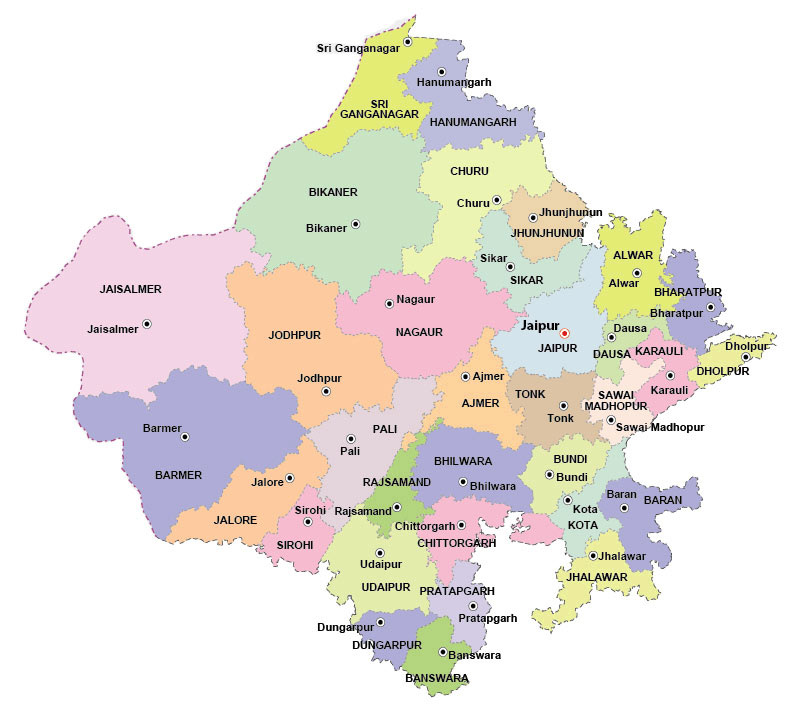


This article examines the political landscape of Rajasthan through the lens of its major caste groups, assessing their historical and present-day significance. Drawing on data from the Census of India and other relevant sources, it explores the intricate interplay of these groups in shaping Rajasthan’s electoral dynamics.
1. Introduction
Rajasthan’s social structure, much like other Indian states, is intricately intertwined with its caste system. However, unlike Maharashtra, Haryana, or Karnataka, where specific castes such as Marathas, Jats, or Lingayats dominate, Rajasthan’s caste composition is diversified. No single caste holds a predominant numerical advantage, making the state’s political landscape uniquely complex.
2. Major Caste Groups: An Overview
Population Distribution by Caste in Rajasthan (Based on Source: Census of India, 2011 & Lodha 2011)
3. The Jat Community
Representing roughly 10% of Rajasthan’s population, Jats are divided into numerous sub-castes, including Ahlawat, Poonia, and others. Historically an agrarian community, their influence in Rajasthan’s politics is undeniable, significantly shaping the electoral outcomes over the years. Their transition from traditionally favouring Congress to leaning towards the BJP in recent years and the subsequent shifts form an intriguing pattern.
4. Brahmins in Rajasthan
Brahmins, comprising about 8% of Rajasthan’s population, hold substantial sway. Despite their diminished political dominance in the past few decades, they remain crucial electoral stakeholders, as seen by the recent political appointments and gatherings such as the Brahman Mahapanchayat.
5. The Rajput Legacy
Rajputs, with a population share of around 6-8%, once dominated Rajasthan’s political scene. Though only one Chief Minister from the community has been elected post-independence, their influence remains undiminished.
6. The Gurjar Dynamics
At approximately 5% of the state’s populace, Gurjars are crucial in several constituencies. Their shifting allegiances, especially in the wake of the Gurjar agitation, mark a significant chapter in Rajasthan’s recent political history.
7. The Meena Community
Meenas, primarily located in Eastern Rajasthan, have shown a fluctuating political alignment in recent years. Their representation in ST reserved constituencies makes them a significant electoral group.
8. The Role of Scheduled Castes
Scheduled Castes, though not a singular caste entity, form nearly 18% of Rajasthan’s population. Their political leanings have shown variations based on sub-castes and regional considerations.
9. Conclusion
Rajasthan’s political landscape, shaped by its diversified caste composition, presents a rich tapestry of alliances, shifts, and dynamics. Understanding this interplay is crucial for deciphering the electoral outcomes and the broader socio-political trajectories of the state.
